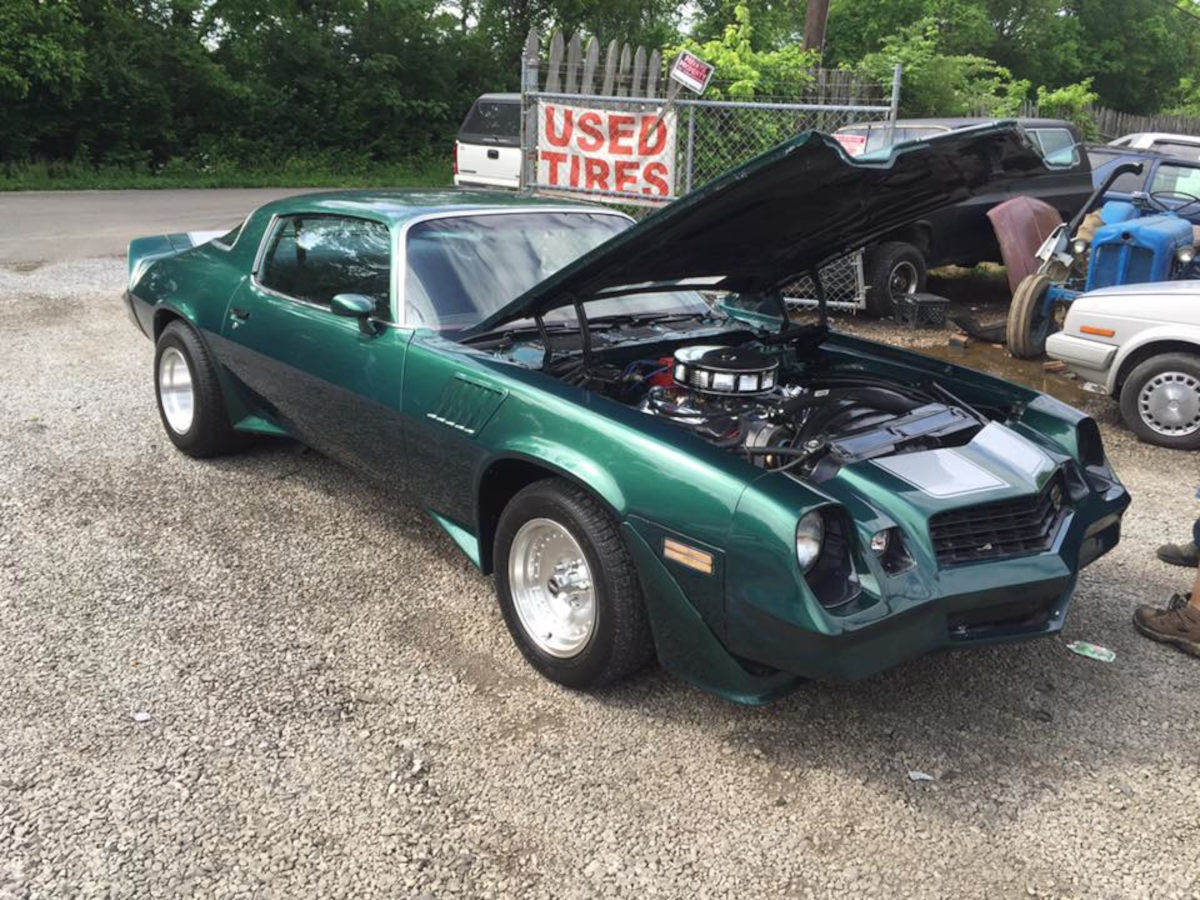Old Cars: Embrace the Vintage Charm and History

The Allure of Vintage Automobiles
Timeless Aesthetics
Old cars possess a charm and character that modern vehicles often lack. Their timeless aesthetics, characterized by elegant lines, handcrafted details, and distinctive design elements, evoke a sense of nostalgia and admiration. Classic models like the Ford Model T, the epitome of early automotive engineering, and the sleek Jaguar E-Type, known for its voluptuous curves, remain icons of automotive artistry. These vehicles are more than just modes of transportation; they are rolling pieces of history, each with its own story to tell.
Engineering Marvels
Vintage cars are engineering marvels, showcasing the ingenuity and craftsmanship of their eras. The mechanical simplicity of these vehicles, devoid of today’s computerized systems, highlights the innovative spirit of their creators. For instance, the Volkswagen Beetle, with its air-cooled engine and distinctive shape, symbolizes post-war ingenuity and resilience. Driving these cars provides an immersive experience, connecting the driver to … Read more



